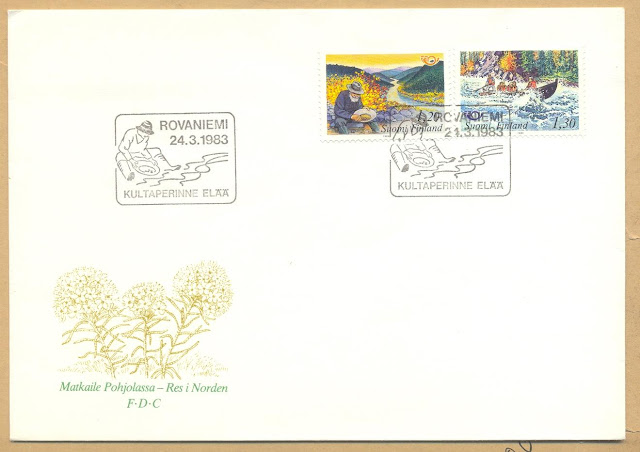Scouting is a youth organisation founded in the United Kingdom, with affiliations in various countries. Baden-Powell Scouting focuses on the importance of tradition in the Scout movement. Japan, Argentina, Malaysia, Germany, Denmark, Ghana, Canada and the United States have traditional organisations that are affiliated to the Baden-Powell Scouts' Association (B-PSA).
The Baden-Powell Scout Association shares the heritage of the youth Scouting Movement, however they believe in a more traditional way of Scouting which closely follows the program set out by General Robert Baden-Powell in his book: Scouting for Boys.
It was formed in the United Kingdom in 1970 when it was felt that rest of the Scout Movement was abandoning the traditions and intentions set out by Baden-Powell in 1907. The Baden-Powell Scouts retain the belief that essence of the movement should be based on outdoor activities related to the skills of explorers, backwoodsmen and frontiersmen.
It is a voluntary, non-formal educational charity movement for young people. It is independent, non-political, non-military, and open to all without distinction of origin, race, creed or gender, in accordance with the purpose, principles and method conceived by Robert Baden-Powell.
As an independent Scout Association, they are members of the World Federation of Independent Scouts (WFIS). The WFIS was formed in Laubach, Germany, in 1996 by Lawrie Dring, President of the B-PSA, a British Scouter with the independent Baden-Powell Scouts' Association (B-PSA). This is a world body that recognises Independent Scouts Associations in countries across the globe which teach traditional Baden-Powell Scouting values. Their aim is to improve the standard of our future citizens with the object of using their efficiency for service for their fellows.
This FDC issued on 21.7.1982 with four stamps depicting the scouting emblem, scouts at an evening bon-fire, scouts map-reading and finally a picture of Lord Baden Powell himself. The issue was made to commemorate the 75th Anniversary of World Scouting and the 125th Anniversary of the Founder Lord Baden Powell of Gilwel. Thank you Maria for this lovely cover.































